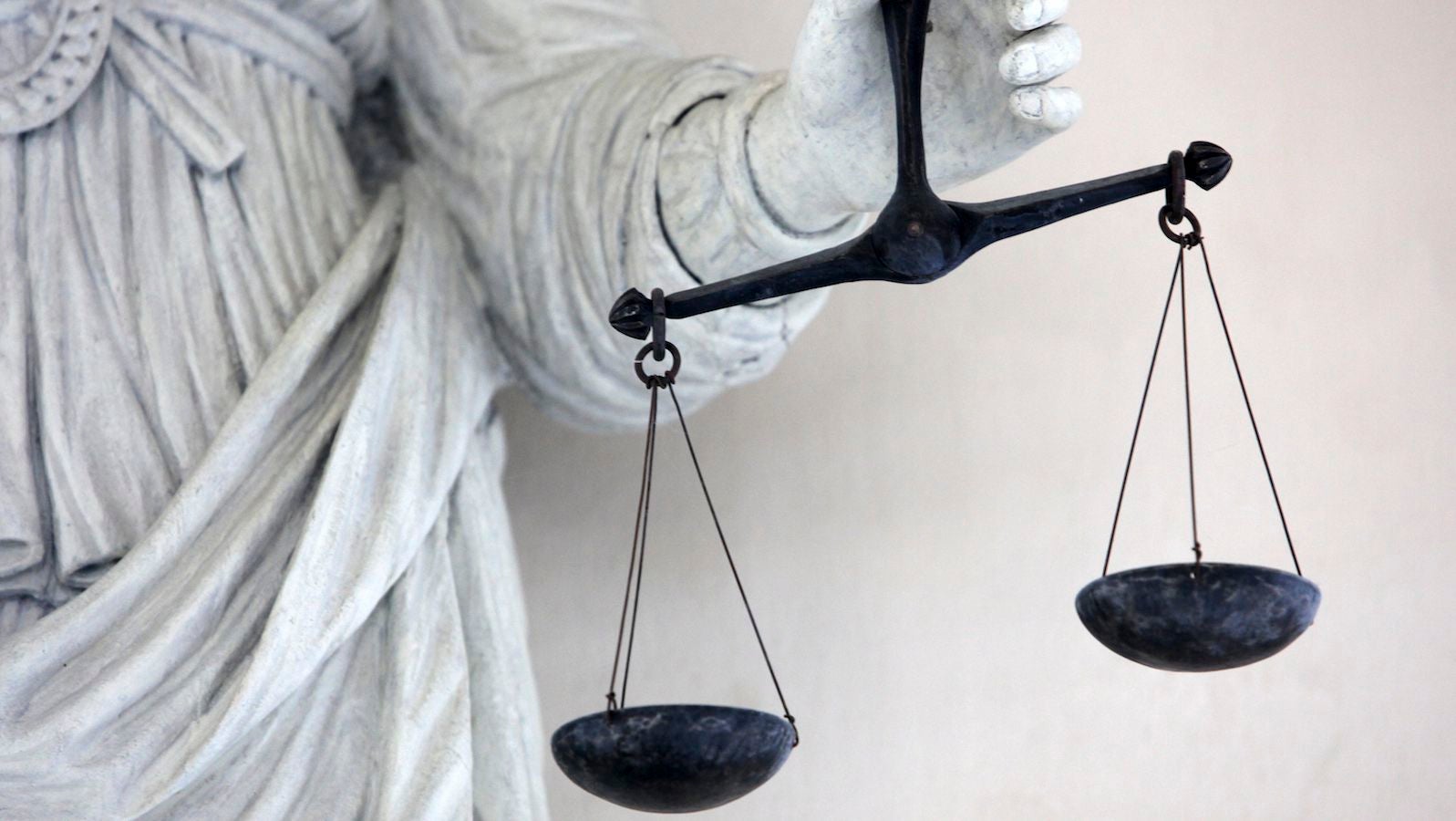2015: The year online activism tipped the scales for social justice
This post has been updated.


This post has been updated.
The year 2015 is shaping up to be a momentous period for progress on social justice issues.
Landmark policy shifts, legal rulings, and business decisions have both reflected and helped to influence a recalibration of popular opinion on everything from gay marriage to the Confederate flag.
Why now? Maybe social media, which is bringing together previously disconnected people and giving them a forum to spread their views, has reached a tipping point itself, in terms of the strength of its snowball effect. Maybe after injustice after injustice after injustice after injustice, we are beyond being mad as hell and are actually, finally, doing something about it.
Maybe we are more evolved than the generations before us, on matters of diversity and fairness; maybe the generations before us did a better job of raising our consciousness than their own parents did with them.
At Quartz, we like to keep track of what we call “tipping points“—those moments when a notable shift occurs. Their effects might be far-reaching, or have a more limited impact, but collectively they represent our ability to unleash change, whether in pursuit of first-mover advantage or in the hopes of just keeping up with the times.
We’ve rounded up some of the year’s major tipping points on issues involving race, gender, and sexual orientation. It is no doubt an incomplete list. For starters, despite some notable tipping points reached this year in other countries (Ireland becoming the first country to legalize gay marriage by a popular vote, for example, or Mozambique deciding to decriminalize homosexuality) this list is largely focused on the US, where there have been marked shifts in the balance between traditional American values—the right to equal protection under the law versus the free exercise of religion, for instance.
The merits of some of the more symbolic changes included on this list will certainly, for some, be a matter of debate. Will taking Confederate flags off store shelves repair race relations in America? Will putting a portrait of a woman on paper currency do anything to make women’s lives better? Probably not. But in providing us with more clues about how to effect change in the modern age, they could very well lead to more tipping points in the future.
January 2015
Amazon’s new series Transparent wins the Golden Globe for best TV series. It is a landmark win for the trans community (and for online television).
The US Supreme Court announces it will consolidate multiple cases on gay marriage laws and issue an omnibus ruling. Hundreds of companies sign a brief of amici curiae in support of marriage equality. (A ruling is expected soon.)
February 2015
Alaska joins Colorado, Oregon, and Washington in legalizing the recreational use of marijuana.
Apple unveils a more diverse universe of emoji, with different skin tones and depictions of families with same-sex parents. It does not, however, do much to depict women outside of traditional characterizations like brides and princess (or Playboy bunnies).
March 2015
The University of Oklahoma parts ways with Sigma Alpha Epsilon after a video showed members of the fraternity chanting racial epithets while en route to a party.
April 2015
The US Department of Education expands the list of universities being investigated for possible mishandling of sexual-assault cases. On April 1, Mother Jones reports that the number of schools on the list has grown to 106, up from the initial 55 on the list the DOE disclosed the previous May.
Reddit CEO Ellen Pao reveals that she has banned salary negotiations from the hiring process because they tend to put women at a disadvantage.
Major broadcast networks screen pilots indicating that prime-time television is about to have its most diverse lineup yet.
Wal-Mart publicly and successfully lobbies the governor of Arkansas to kill a “religious freedom” bill. Critics had argued that the legislation would protect those who refuse service to customers based on sexual orientation.
May 2015
A programmer in Pittsburgh kicks off an effort on Twitter to get people to tweet about their salaries under the hashtag #talkpay. The campaign, intended to address the pay inequality frequently suffered by women and minorities, quickly spreads.
June 2015
Trans woman Caitlyn Jenner, who first rose to prominence as an Olympic athlete (known then as Bruce Jenner), lands the cover of Vanity Fair.
The US Treasury Department promises that a woman will be featured on the next iteration of the $10 bill. It won’t happen until 2020, and it wasn’t the denomination many were hoping for, but it will be the first time in more than 100 years that a woman has graced the country’s paper currency.
Columbia University announces it will divest its shareholdings in private prison companies, citing the “larger, ongoing discussion of the issue of mass incarceration that concerns citizens from across the ideological spectrum.” Critics have pointed out that minorities are overrepresented in prisons run by private companies.
South Carolina governor Nikki Haley says the Confederate battle flag, which has long adorned the statehouse grounds, ought to be removed. (And as of this week, you will no longer find one on the Alabama statehouse grounds, either.) Haley’s statement comes in the wake of a mass shooting at a black church in Charleston, South Carolina. Within hours of her press conference, Wal-Mart, Kmart, and Sears announce they will no longer sell merchandise featuring the Confederate flag. Amazon and eBay quickly follow suit.
The US Supreme Court rules that state bans on gay marriage are unconstitutional, and that local authorities must recognize marriages from other states.
(This post was updated on June 26 to include the US Supreme Court’s latest ruling on gay marriage.)